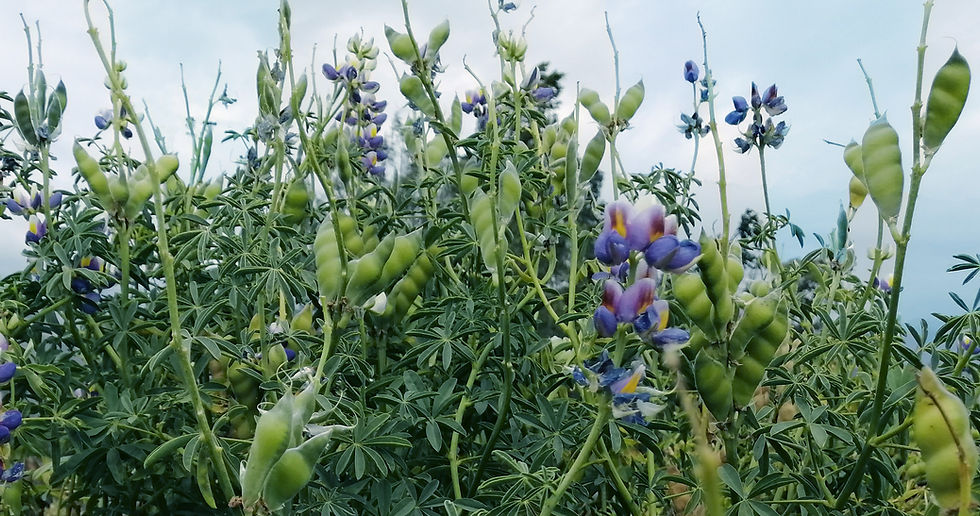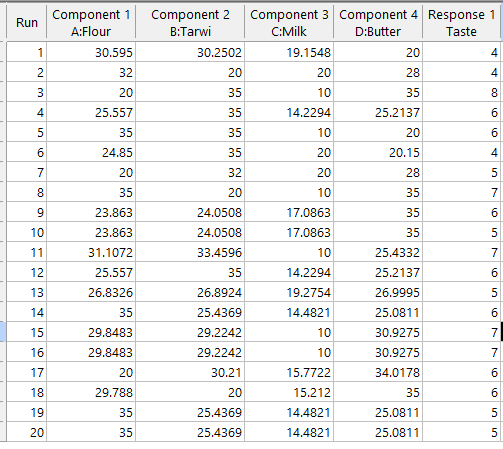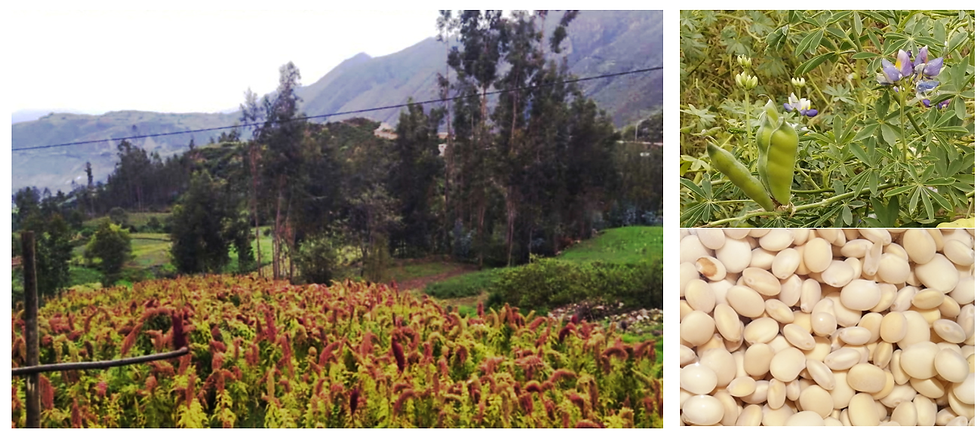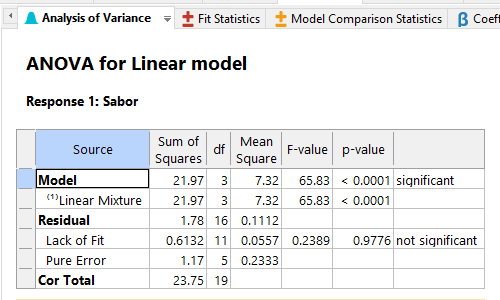Mixture Design – Tarwi/chocho cookies
- Daniel O
- 21 jun 2021
- 2 Min. de lectura
Actualizado: 17 oct 2021

Mixed design is a special type of surface design. In this type of design, the factors are components or ingredients of a mixture that are not independent. One of the main objectives of mixture designs is to adjust the response based on the proportions of the components of the mixture and to determine the appropriate percentage of each ingredient to achieve our objective. Preparing tarwi cookies The prepared tarwi-based cookies feature the following ingredients: Tarwi, flour, milk, and butter. For the following example, these ingredients were considered to represent 100% of the formulation. Aditional, the same amount of sugar and eggs were also added to all cookies. Responses considered for our experiment are FLAVOR and CRISPINESS. A scale of 1 to 10 was established, with 1 being the product with the least FLAVOR or the least CRISPINESS and 10 the product with the most flavor or the most crunchy. The cookie composition consisted of: 20 ≤ Tarwi ≤ 35 20 ≤ flour ≤ 35 ≤ 35 10 ≤ Milk ≤ 20 20 ≤ Butter ≤ 35
Table 1. Factors and levels of mixture design of experiments in the formulation of tarwi cookies.

The preparation was carried out in the following stages: Tarwi, flour, and sugar were mixed until homogenized. Then the butter and milk were added. The dough was divided into several portions making a ball and place in the preheated oven for 30 min at a temperature of 180 °C. Twenty combinations or treatments were generated from the established factors and levels (Table 2). The results are presented in the response column (Response 1: flavor).
Table 2. Mixing experiment design generated for the production of tarwi cookies.

Knowing a little more about tarwi Tarwi, also known as chocho or tauri, is a legume whose scientific name is Lupinus mutabilis. Tarwi is considered a superfood due to its high protein content, which is much higher than commercial products such as peanuts, soybeans, beans, and lentils. Tarwi is produced in the Peruvian Andes between 2000 and 3800 meters above sea level. It is known to have a pre-Inca origin (it can be seen in representations of Tiahuanuco pottery).

Figure 1. Tarwi fields located in Caraz, Ancash - Peru (left). Tarwi pods and tarwi grains (right)(Credits C. Pariachi, 2021). Let's optimize! ©Daniel Obregón, 2021


Comentarios